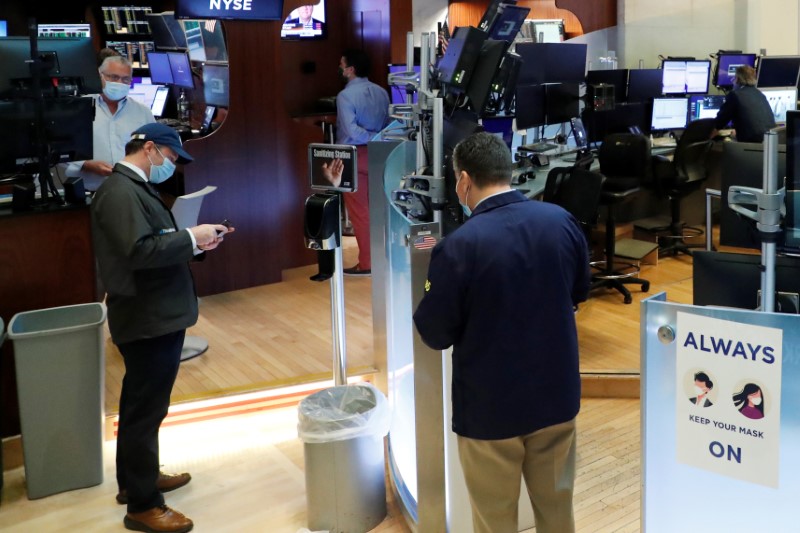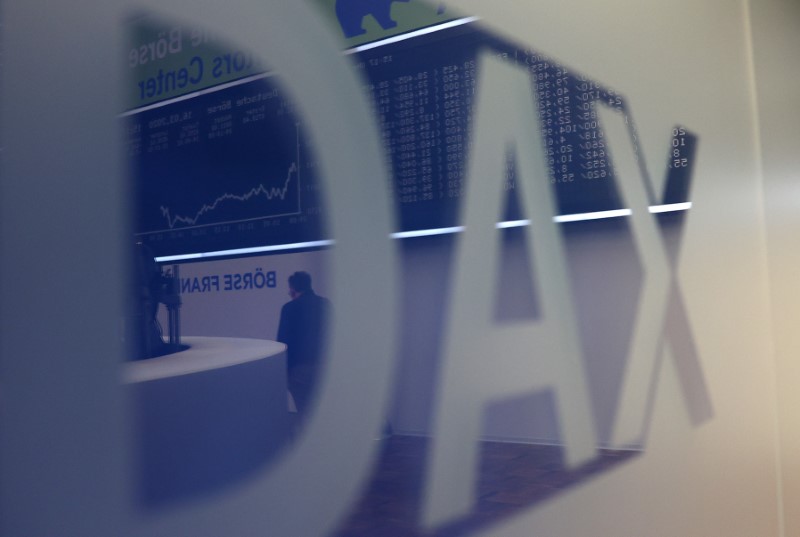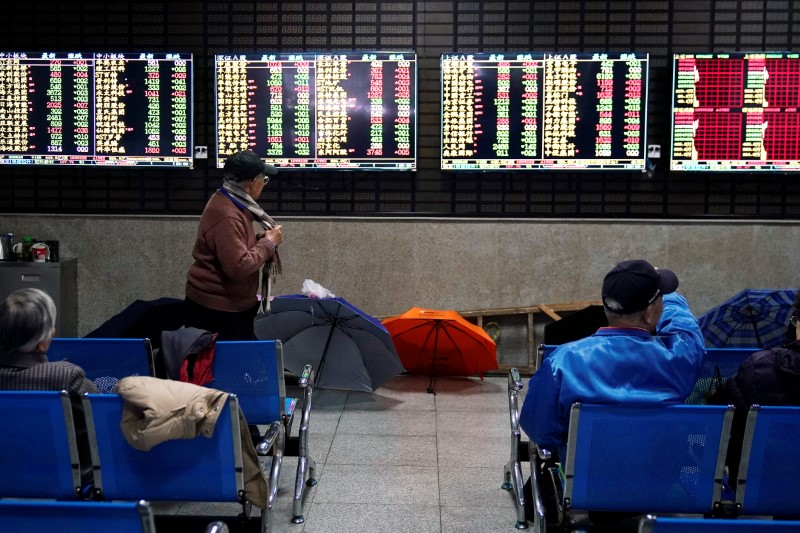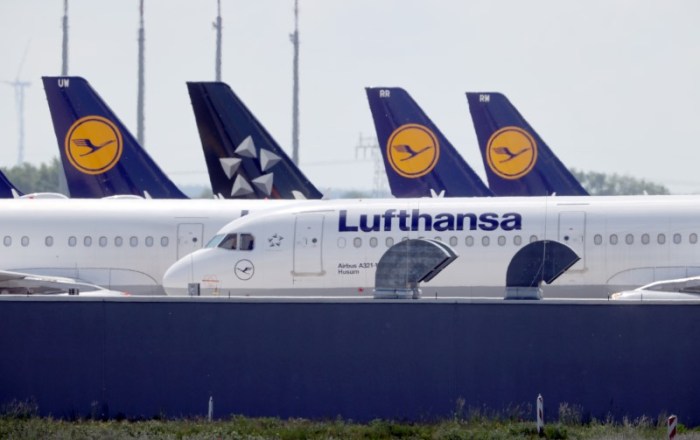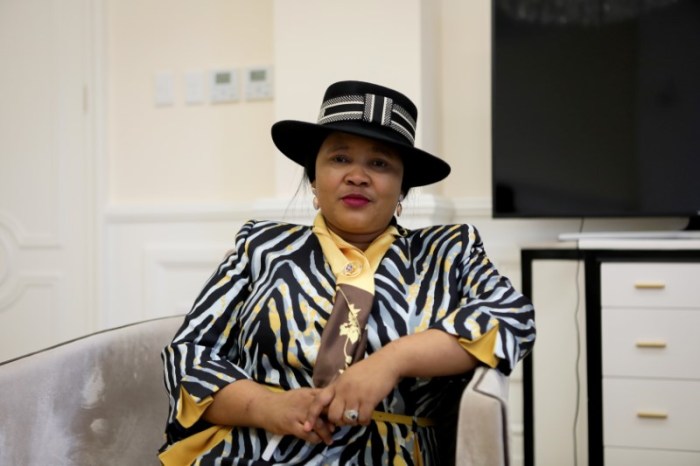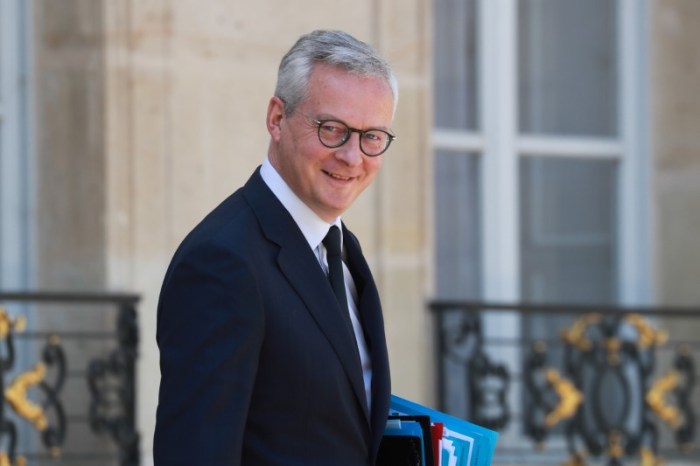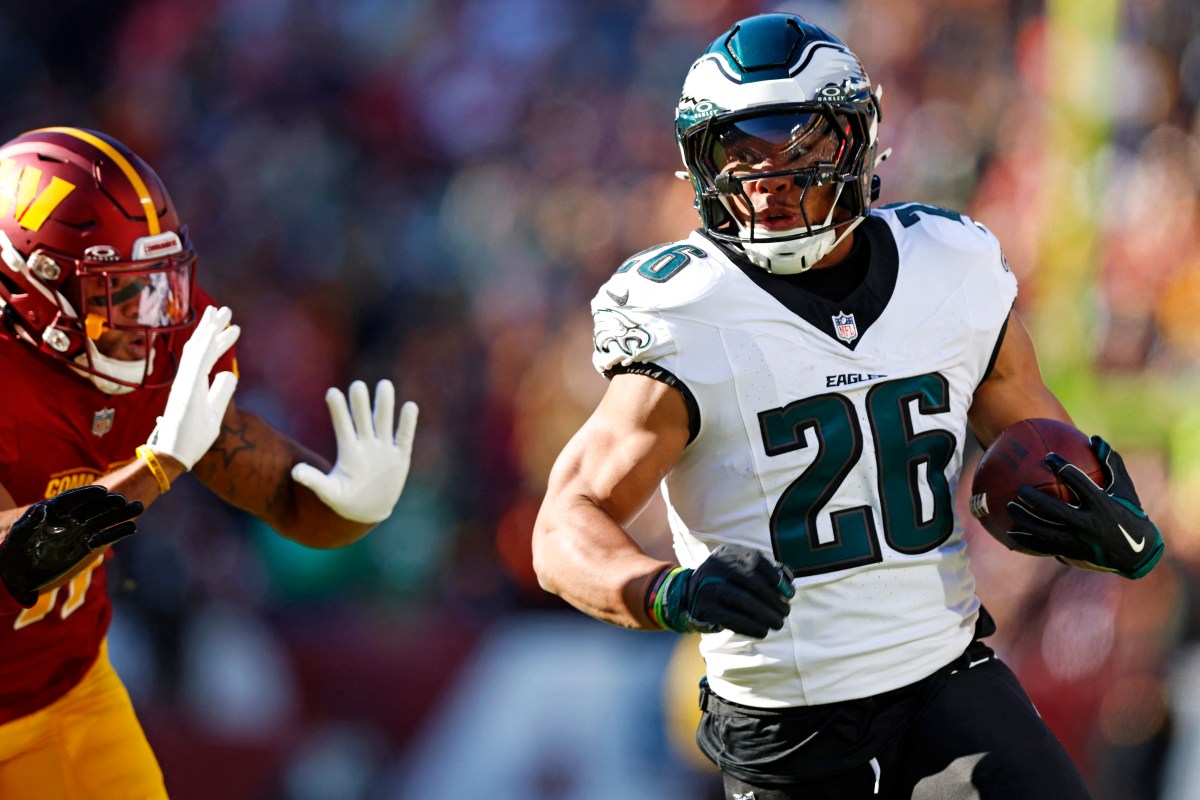NEW YORK (Reuters) – Global equity markets rallied and the euro rose against the dollar on Wednesday, both for a seventh straight session, indicating strong risk appetite as easing lockdowns and hopes for more monetary stimulus boosted investor confidence.
Investors shed safe-haven assets such as gold and government debt on encouraging economic data from China and hopes the worst of the downturn stemming from the coronavirus crisis is over.
Gold prices extended losses as MSCI’s all-country world index, a gauge of equity markets in 49 countries, surged to its highest since March 6, while Germany’s benchmark 10-year Bund yield hit its highest since mid-April.
U.S. gold futures fell $27.40 to settle at $1,697.80 an ounce, the first time bullion has traded below $1,700 in a week.
The euro rose 0.6% to $1.1236 and has gained more than 3% since May 25.
Copper hit its highest since March, buoyed by the prospect of higher demand from top consumer China after its services sector returned to growth in April for the first time since January, a private survey showed.
The dollar slid to an 11-week low against a basket of currencies but strong equity gains set the tone of investor optimism, as leading bourses in Paris and Frankfurt rose more than 3% and the Dow rose 2% as Boeing shares surged.
Stocks are an important risk indicator that continue to surprise on the upside and push investors who have been on the sidelines into the market, Marvin Loh, senior global macro strategist at State Street Global Markets in Boston.
“The fact that you got this broad-risk indicator that’s stable, and in a lot of ways is defying a lot of the well-known critics out there in terms of continuing to march higher, is pulling other people into the market,” Loh said.
MSCI’s gauge of stocks across the globe gained 1.67% while the pan-European STOXX 600 index rose 2.54%. MSCI’s all-country world index is less than 9% from it’s all-time peak set in February.
The Dow Jones Industrial Average rose 527.24 points, or 2.05%, to 26,269.89. The S&P 500 gained 42.05 points, or 1.36%, to 3,122.87 and the Nasdaq Composite added 74.54 points, or 0.78%, to 9,682.91.
An almost 13% jump in Boeing shares lifted Wall Street after billionaire investor Daniel Loeb’s Third Point said it took a stake in the planemaker.
Data showed signs of stabilization in the U.S. labor market after the ADP National Employment Report said private employers laid off another 2.76 million workers, or less than an expected 9 million job losses.
Also supporting investor confidence was the Institute for Supply Management’s (ISM) reading, which showed U.S. services industry activity pushed off an 11-year low in May.
Euro zone businesses suffered another contraction in activity in May. While there are signs the worst is over, it could be months before there is a return to growth, a survey showed.
But broader economic optimism supported risk-sensitive currencies and pushed down the dollar.
Oil retreated after briefly jumping above $40 a barrel, the highest since March, as doubts emerged about the timing and scale of a potential extension to the pact between the Organization of the Petroleum Exporting Countries and its allies to cut crude supplies.
U.S. crude rose 48 cents to settle at $37.29 a barrel. Brent settled up 22 cents at $39.79 a barrel.
The dollar index fell 0.284% while the Japanese yen weakened 0.23% versus the greenback to 108.95 per dollar.
Germany’s 10-year government bond yield rose to its highest since mid-April as the global risk-on mood saw demand for safer debt decline, but then slipped back slightly to -0.399 by 1100 GMT.
The European Central Bank is expected to ramp up stimulative bond purchases when it meets on Thursday.
Benchmark 10-year notes rose 7.7 basis points to yield 0.7573%.
(Reporting by Herbert Lash; Editing by Bernadette Baum and Alistair Bell)

